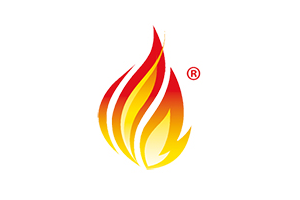
Clinical Informatics
The ODSS Clinical Informatics (CI) unit supports data science that underpins the development and implementation of data standards, and data exchange models between healthcare and real world data for research. Some of these activities include:
- Improve access to and use of clinical and real-world data
- Encourage the development and use of health IT standards for research such as Common Data Elements (CDE), FHIR®, TEFCA, and USCDI+
- Share resources with the clinical informatics community

NIH Supporting the Use of FHIR
NIH encourages biomedical investigators to use the FHIR standard to access electronic health records for research purposes, with proper safeguards for privacy and confidentiality. Learn about relevant NIH supported extramural projects on NIH RePORTER.

Researcher Resources
To facilitate the awareness and adoption of FHIR as a standard for healthcare information exchange, ODSS has supported the development of the following resources for investigators transitioning to this next generation health data standard.

FHIR Training Resources
ODSS has held a series of trainings to aid the introduction of FHIR to the community. These introductory webinars and workshops provide participants with an overview of relevant technologies, key concepts, and potential uses of FHIR applications.

Common Data Elements (CDEs)
Learn how NIH CDEs can enable consistent data collection across different sites, studies, and clinical trials.
Related Activities
Learn about activities related to health data interoperability and adoption of the FHIR standard:
- NIH issued NOT-OD-20-146 to encourage the use of USCDI data classes, elements, and vocabulary standards with FHIR
- The United States Core Data for Interoperability (USCDI) defines common data elements and classes to facilitate healthcare information exchange
- The US Core Implementation Guide specifies how FHIR should be applied in clinical settings, enabling nationwide interoperability
- NIH issued NOT-OD-19-122 to encourage NIH-funded investigators to explore the use of FHIR


